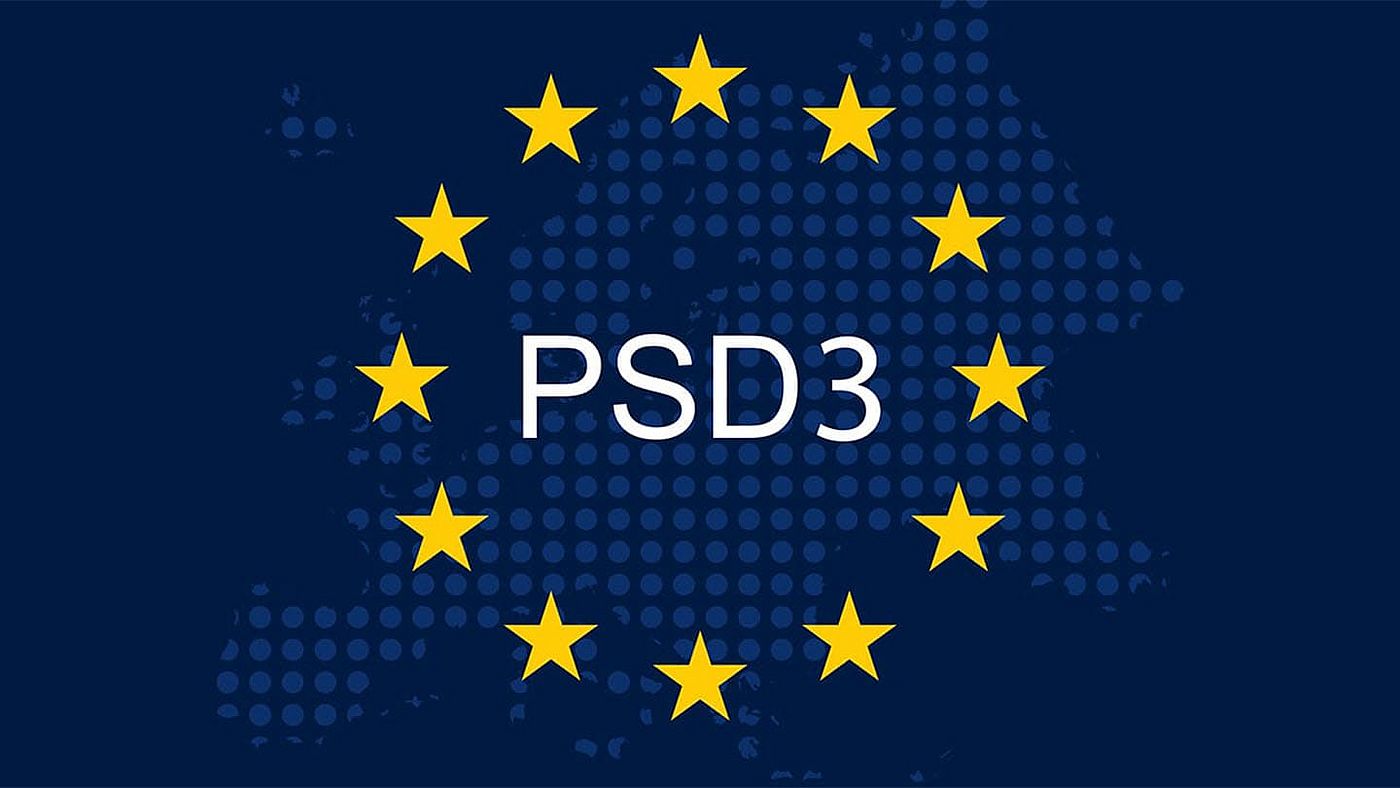The original PSD2 was reviewed and partially rewritten. The result: a dual-layer approach. PSD3 will be a directive, which must be transposed into national law by EU member states. In contrast, the new Payment Services Regulation (PSR) will be directly applicable, without requiring national implementation. This ensures greater harmonisation and leaves less room for divergent interpretation between countries.
Several elements from the PSD2 have now been moved into the PSR to reduce fragmentation and support a more unified payments framework.









